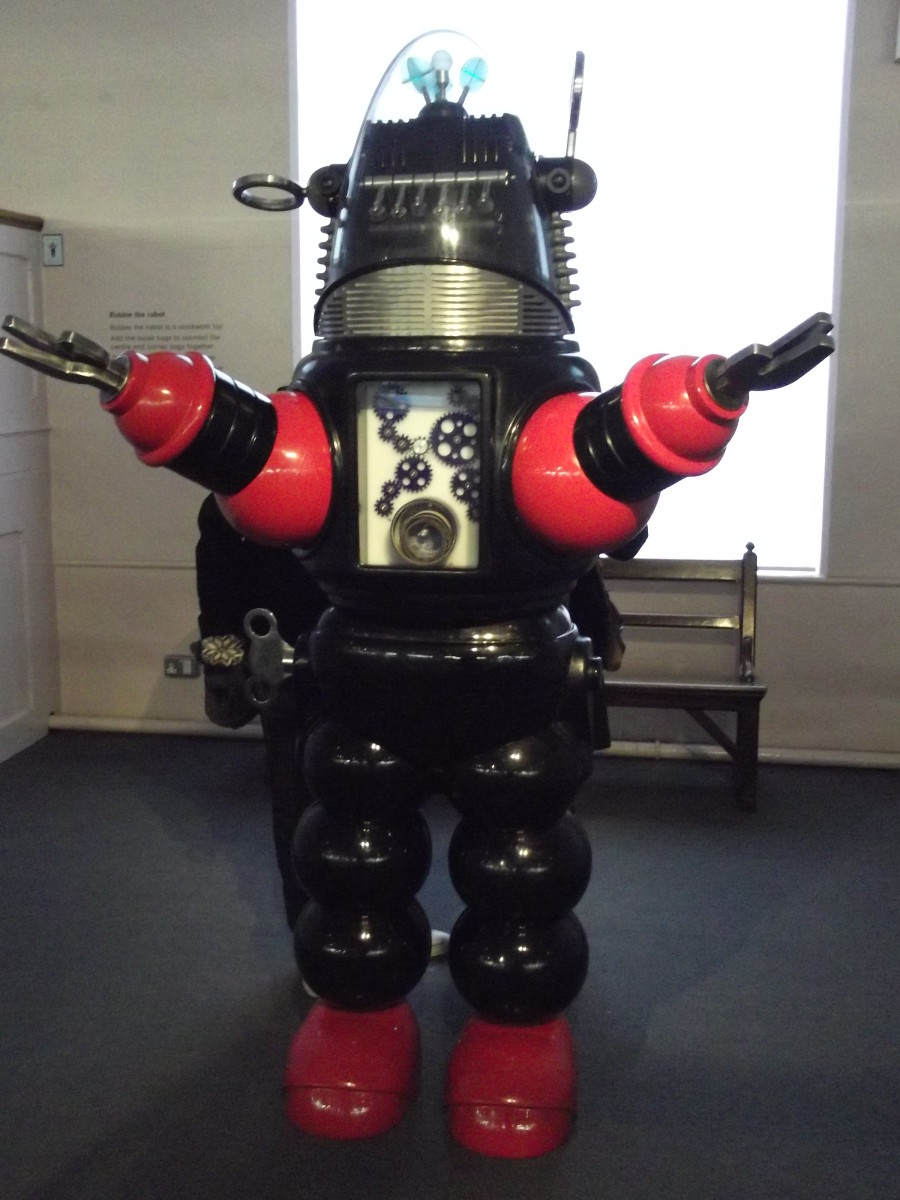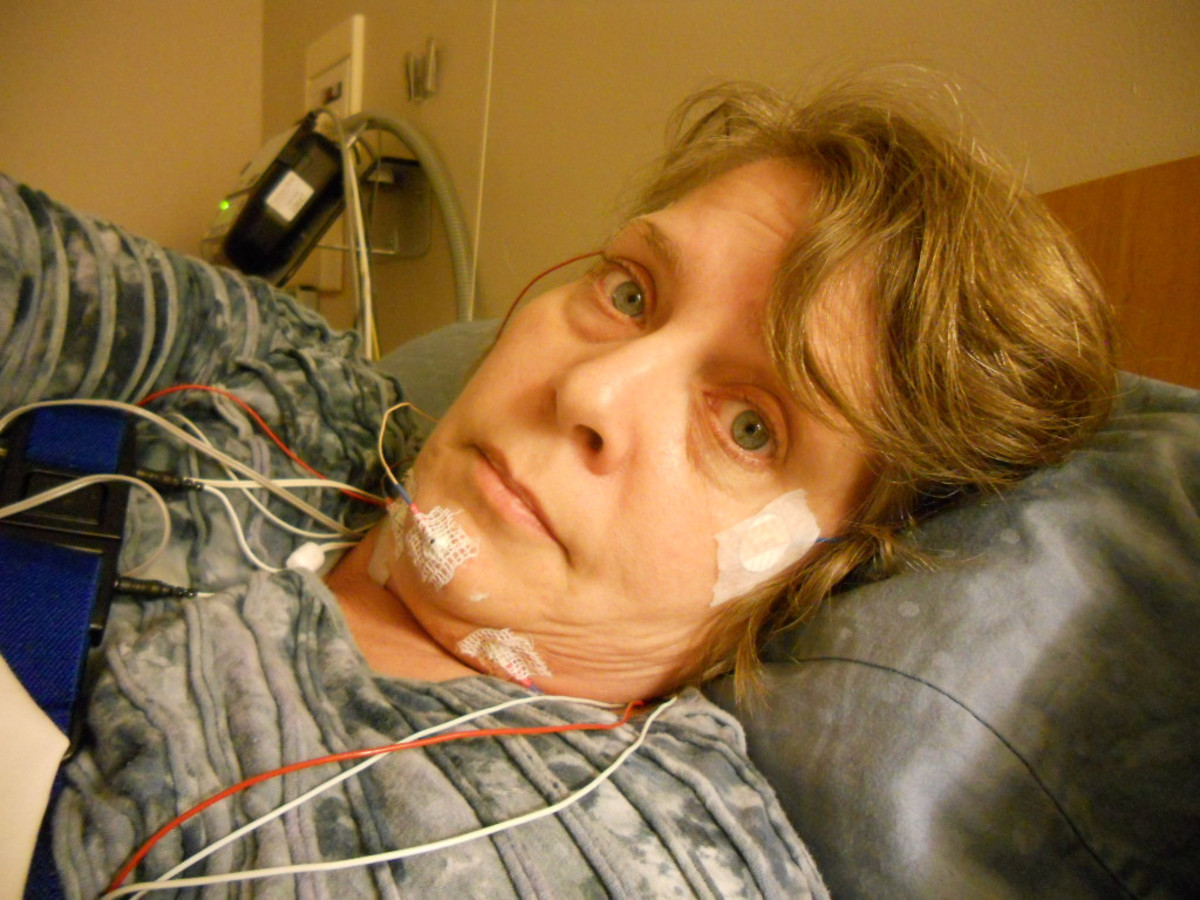Are You a Night Owl or Could it Be Delayed Sleep Phase Disorder?
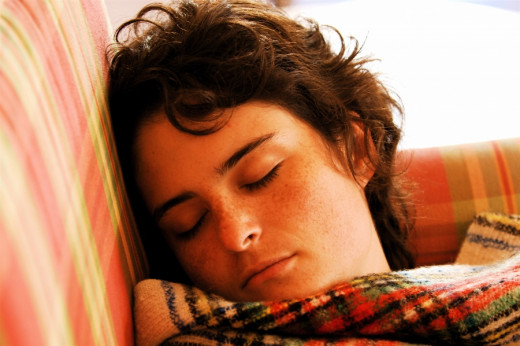
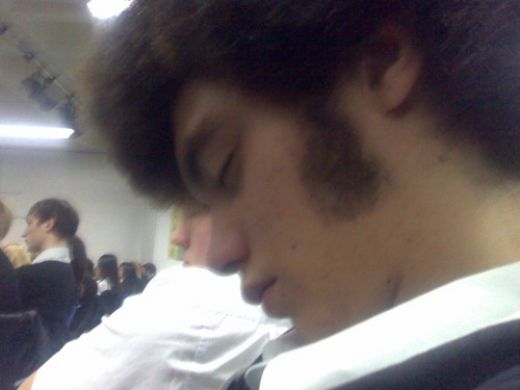
What is Delayed Sleep Phase Disorder?
DSPD or Delayed Sleep Phase Disorder; sometimes also known by the name of Delayed Sleep Phase Syndrome (DSPS), is a circadian rhythm imbalance which causes the sufferers body clock to malfunction. Most people sleep at night and get up in a morning except of course when they have a job, such as shift work, which demands they do things the other way round. In Delayed Sleep Phase Disorder the sufferer will typically not go to sleep until the early hours of the morning; sometimes around dawn and then not awaken until late in the morning or even the afternoon. Their daily cycle is later than normal and there is an inability to change this schedule to a more socially acceptable one. These people are not night owls or larks who with a little effort can change their imbalanced body clocks to adjust to their circumstances; DSPD people are largely unable to do so.
Delayed sleep phase disorder was first described in 1981 at the Montefiore Medical Centre in New York by Elliot D Weitzman MD (now deceased) and a group of colleagues. Dr Weitzman was the founder of the Institute of Chronobiology in White Plains NY.
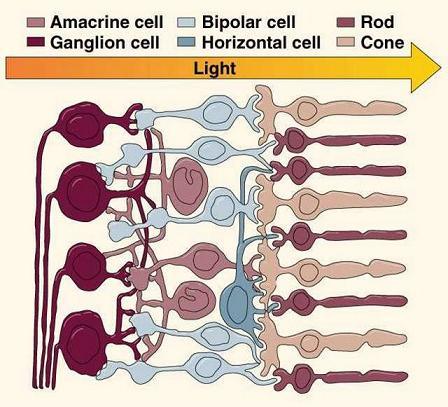
Recent research shows that DSPD runs in families and could be genetic. It has also been discovered that in addition to the two known types of receptor in the eye (rods and cones) there is a third type of receptor called intrinsically photosensitive retinal ganglion cells or ipRGC. These are as you may expect, photo-sensitive and assist in training a person to regulate the circadian rhythm in reaction to daylight. Some completely blind people with no light vision have these receptors and are able to follow the same schedule as most sighted people. Other blind people do not have these receptors so it would follow that some sighted people will have them and others will not. The sufferers of Delayed Sleep Phase Disorder most probably do not; although this has not been conclusively proven.
Sometimes people with DSPD have other sleep disorders which make matters worse for them and they end up feeling tired and groggy even if they have a full nights - or days sleep. Restless Leg Syndrome, Sleep Apnoea and Obstructive Sleep Apnoea are quite common.
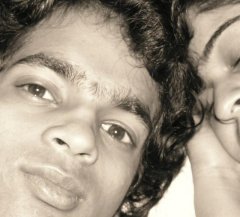
What are Circadian Rhythms?
Circadian Rhythms are an approximate 24 hour pattern of physical and behavioural changes. Sometimes referred to as the internal body clock, our periods of wakefulness and sleep, body temperature, release of certain hormones and other bodily functions are controlled by it. Time zones and the sun rising and setting determine when these periods occur. There are things that can affect the smooth functioning of our circadian rhythms such as shift work and jet lag.
Are people with this disorder suffering from Insomnia?
No, insomniacs are unable to sleep. Sufferers of DSPD generally have no trouble sleeping or wakening up after 7 or 8 hours sleep. However, they are unable to go to sleep at what would be considered a ‘normal’ sleep time such as 11pm. This is not insomnia; they simply do not feel tired at that time. That said; many sufferers do present at their medical practitioners office with complaints of insomnia.

When does Delayed Sleep Phase Disorder become evident?
Often in early childhood or adolescence a night owl pattern emerges. This can present difficulties with getting the child to school on time. Many of these children fail to achieve their full potential because the school cannot accommodate their unusual daily sleeping and waking pattern.
What is it like to have DSPD?
Most people with Delayed Sleep Phase Disorder are unable to fall asleep before the early hours. For some it can be 6 or 7 in the morning before they can sleep. Because they are not aware that they are suffering from a circadian rhythm disorder they will try to continue a ‘normal schedule’ by going to bed at the same time as other family members and lying awake for hours, then forcing themselves to get up at the same time as the rest of the household. This may lead them to believe that they have insomnia and visit their GP who will almost certainly agree and misdiagnose them.
If they try to follow this pattern long-term they will have problems with their general day to day functioning; thinking and judgement skills will become affected and may well have serious consequences. The circadian clock will be disrupted further and a proper sleep schedule will not be able to be maintained. It is rather like having permanent jet lag without having crossed into a different time zone.
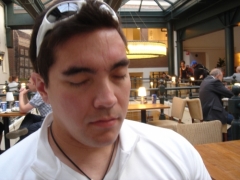
A large proportion of sufferers will deny that they have a problem and try to hold down a job with 9-5 hours. They will experience great difficulty in meeting their employment obligations or in the case of a child or adolescent, their school schedule. This can result in joblessness or failure to gain academic qualifications. Depression, physical complaints and confidence issues can be a direct consequence of this.
What problems does DSPD cause?
- Inability to hold down a 9-5 job
- Impaired enjoyment of life
- Education problems due to the inability to get to school on time
- Marital discord
- Lack of productivity
- Physical Illness
- Stress related illness
- Perceived by others as being lazy
- Impaired thinking ability and general functioning if a ‘normal’ daily schedule is attempted
- Depression
- Self Confidence issues
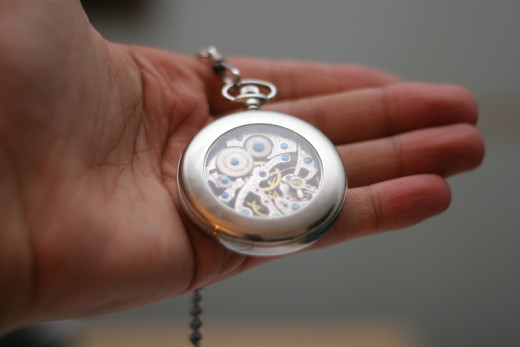
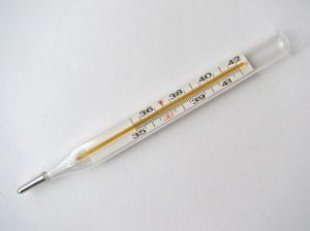
Is there a way to check what my body clock is doing?
You could check your temperature. Everyone’s body temperature fluctuates on a daily basis; it rises in the daytime, peaks in the evening and falls at night by around 1-2° F. If you repeatedly monitor your temperature throughout your day you will be able to see when your particular morning and nighttime periods are. Make sure you haven’t eaten, drunk or exercised for at least half an hour before taking your temperature. If your temperature is following the same fluctuation at the same times as someone without a circadian rhythm disorder then you probably don’t have DSPD.
How is a diagnosis made?
There are three symptoms which are essential to a diagnosis of DSPD
During weekends and holidays sufferer wakens after a normal amount of sleep with no difficulty – albeit at different time to the rest of the household.
The sufferer has extreme difficulty keeping to their daily schedule requirement for work or college because of their inability to fall asleep before 2am.
The symptoms have been present for at least six months; although help could be sought before this time.
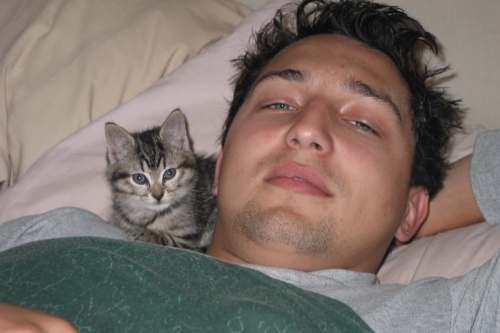
Can Delayed Sleep Phase Disorder be cured?
There is no actual cure for DSPD but there are treatments which can help to manage the disorder. Sometimes more than one treatment will be used. Everyone is different so what works for one person may not work for another. In addition, there are some people who will not experience an improvement in their condition without adjusting their lifestyle to accommodate it.
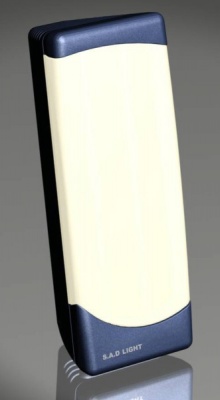
Treatments Include:
Light Therapy
Using the same type of lightbox as is used for SAD (Seasonal Affective Disorder) or exposing the sufferer to bright sunlight for at least 30 minutes a day, up to 2 hours; preferably in the morning. The timing of this exposure must be taken into account for the therapy to be effective. Some people set an alarm for an hour earlier than they would normally waken to partake of the light; then go back to sleep afterwards if they are still tired.
The lightbox must be 10,000 Lux with a UV filter and the sitting distance from it no more than 12”. It is not recommended to stare directly at the light but for it to be effective it must be glanced at regularly. This type of treatment is one of the more successful ones.
Chronotherapy
Chronotherapy is a method of resetting your body clock. It was the first treatment found to be successful in the treatment of circadian rhythm disorders.
This may seem a little strange as one would expect that to adjust the schedule of a DSPD sufferer his or her sleeping time would be moved to an earlier time. In actual fact, Chronotherapy demands that it is moved to a later time. The sleep time is moved on in three hour periods each day until the desired time to fit in with the sufferers’ daily routine and commitments is reached. It takes up to two weeks to adjust the sleeping time in this way and may necessitate taking time off work or school until the required time is reached. Many people find it very restricting being on the program because once the optimal sleeping time is reached it cannot be changed without disrupting the circadian rhythms once again. The whole process would have to be re-started after just one late night.
There is some research which suggests that Chronotherapy can cause Non 24 Hour Sleep Phase Disorder (N24) which is a related condition that can be much more problematic to manage.

Practising Good Bedtime Routines
Make sure your bedroom is quiet and not too warm. It should be totally dark; wear an eye-mask if necessary. Do not eat or drink immediately prior to bed. If you must have coffee or hot chocolate make sure it’s at least four hours before you go to bed. Try not to watch TV or surf the internet in the two hours before bed so that you are not over stimulated.
Always go to bed at the same time and no matter how tired you are during the day do not go to sleep.
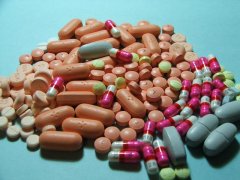
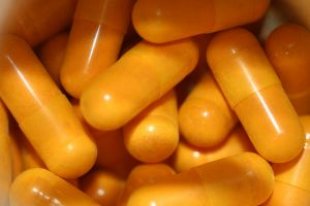
Sleeping Pills
Some success has been reported in managing DSPD by taking sleeping pills. The accepted way of doing this is by taking a sleeping tablet about half an hour before the time you want to go to sleep. You should then waken up after 7 or 8 hours sleep. If you do this for a week or so the theory is that you body clock will have reset itself.
Vitamin B12
Some studies have been done at the Akita University School of Medicine, Japan into a dosage of 1.5mg daily of Vitamin B12. The circadian rhythm was reset all the while the subjects of the study were taking the vitamin but around 8 weeks after stopping it the old sleeping patterns returned.
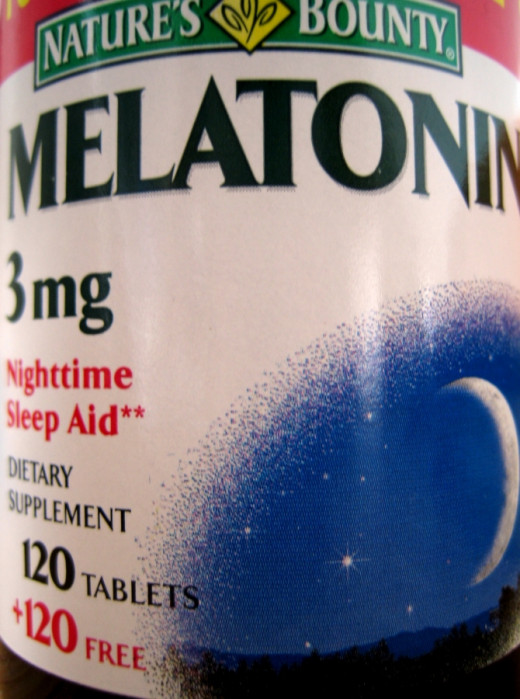
Melatonin
Melatonin is illegal in the UK and some other countries but it is available over the counter in the US. It is a naturally occurring chemical in the brain and its level fluctuates throughout the day and night. It is normally higher when asleep and lower when awake. It is recommended to take anywhere between 0.1mg and 10mg anywhere from 8 hours to half an hour before the time you want to go to sleep. It can have a hangover effect the following day but this can be cured by adjusting the dose; generally the higher the dose the more likely a hangover is. It does have other side effects too so I would check with the pharmacist or your doctor before taking it.
Other Sleep Related Hubs
- How to Get Yourself a Good Night's Sleep Naturally
If you are having trouble with insomnia, there are ways to improve your sleeping habits without drugs. Try these tips to get a good night's sleep naturally. - Mouth Breathing is Bad for You | Zip It!
One would assume that breathing is breathing and that as long as you get the air into your lungs somehow it doesn’t really matter how. You may be surprised to learn that this is not the case. - SNORING IS NOT BIG OR CLEVER - STOP IT NOW!
Everyone has the capacity to snore. It generally happens when you sleep with your mouth open but some people snore with their mouths closed. The reason people snore is because of some obstruction in the airways. - TACKLE YOUR TIREDNESS
Are you tired all the time? Millions of us are... Try some of these simple suggestions to tackle your tiredness.
What is Your Sleeping Type - Are you
Related Sleep Disorders
- Advanced Sleep Phase Syndrome- RLS
Information on recognition, diagnosis and treatment of advanced sleep phase syndrome ASPS from the ASA - American Sleep Association
The American Sleep Association (ASA) is an international organization dedicated to increasing awareness about sleep disorders, such as sleep apnea, insomnia, restless legs syndrome (RLS), parasomnias, and narcolepsy.



